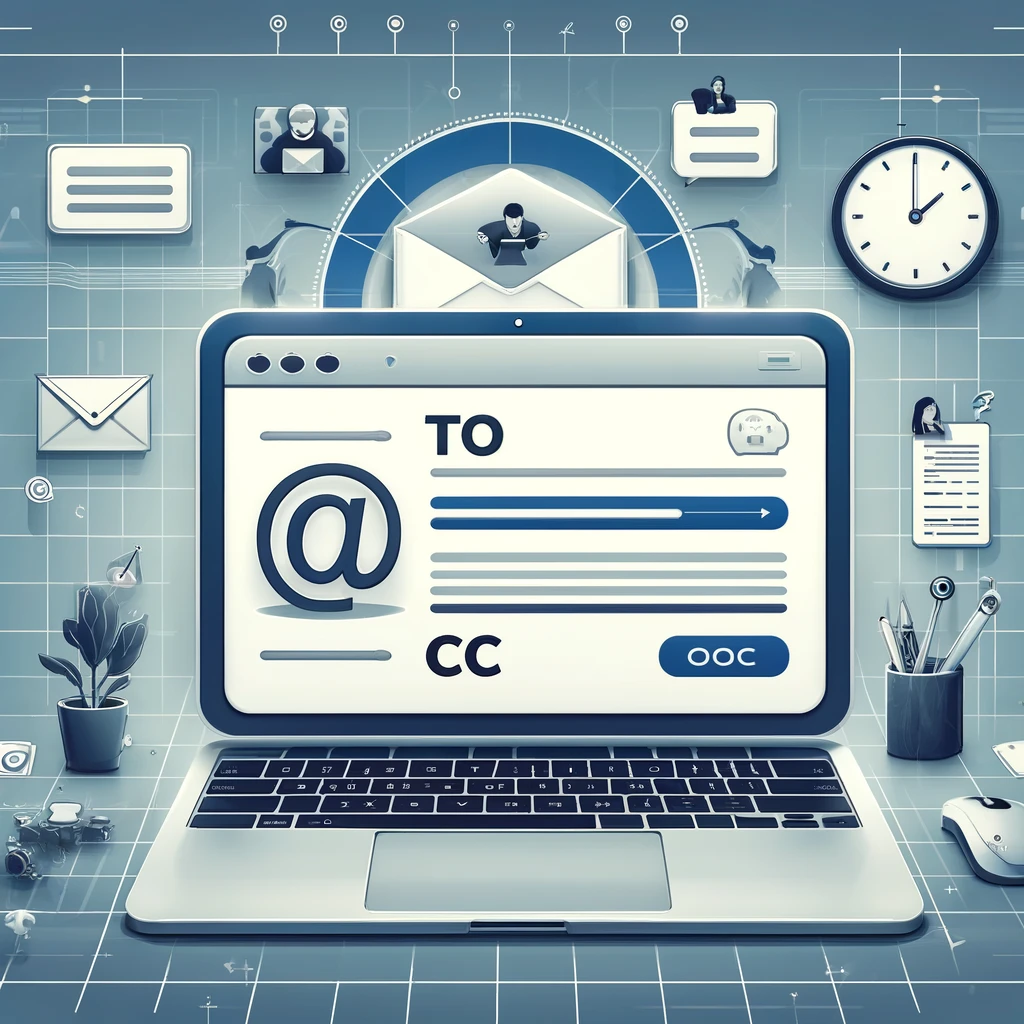In the realm of email communication, mastering the subtle art of addressing your recipients correctly can make the difference between clear, effective communication and a cluttered, confusing inbox. As an IT professional with 26 years of experience, I’ve seen the evolution of email from a revolutionary tool to an everyday necessity—and along the way, I’ve noticed a decline in proper email etiquette. Today, let’s delve into why it’s crucial to use the TO and CC fields correctly, the benefits of doing so, and how we’ve strayed from these practices over time.
The TO Field: Your Primary Communication Channel
Think of the TO field as the main stage in a theater production. The individuals listed here are the stars of the show, the ones expected to perform, respond, or take action. When you place someone in the TO field, you’re directly addressing them, signaling that their input or action is required.
Pros of Proper TO Usage:
- Clarity: It clearly indicates who needs to take action, avoiding any ambiguity.
- Accountability: Assigns responsibility, ensuring that the right people are aware of their duties.
- Efficiency: Streamlines communication, making it easier to track who needs to respond.
Cons of Misusing the TO Field:
- Overload: Including too many people can dilute responsibility, leading to inaction.
- Confusion: Misplaced recipients can create confusion about who is responsible for responding.
The CC Field: Your Supporting Cast
The CC (carbon copy) field is akin to the supporting cast—those who need to be in the loop but aren’t directly responsible for the outcome. These are the people you want to inform without expecting a direct response or action.
Pros of Proper CC Usage:
- Transparency: Keeps relevant parties informed, promoting transparency.
- Documentation: Provides a record of communication to those who might need it for future reference.
- Focus: Allows primary recipients to stay focused on their tasks, while others stay informed.
Cons of Misusing the CC Field:
- Inbox Overload: Over-CCing can clutter inboxes, leading to important messages getting lost.
- Indifference: Too many CCs can lead to recipients ignoring emails, assuming they aren’t directly involved.
A Brief History of Email Etiquette Evolution
Back in the day, email was a novelty. We treated it with a certain level of reverence, crafting messages with care and attention. The TO and CC fields were used judiciously, partly because of the novelty and partly due to the slower pace of digital communication.
However, as email became ubiquitous, the volume of messages skyrocketed. Inboxes became overwhelmed, and the careful practices of email etiquette began to erode. Suddenly, everyone was CC’d on everything, and the TO field became a free-for-all. The once clear lines of responsibility and information-sharing blurred, leading to the chaotic email landscapes we often see today.
Why Have We Drifted?
Several factors have contributed to this drift from proper email etiquette:
- Speed Over Substance: In our fast-paced work environments, the focus has shifted to speed rather than clarity. It’s quicker to hit “Reply All” than to thoughtfully consider who needs to be in the TO or CC fields.
- Fear of Missing Out (FOMO): People often CC others out of a fear of leaving someone out or to cover their bases, leading to bloated email chains.
- Technological Changes: Tools like instant messaging and collaborative platforms have changed how we communicate, making traditional email etiquette seem less relevant to some.
Getting Back on Track: Best Practices
To reclaim the clarity and efficiency of email communication, consider the following best practices:
- Be Deliberate: Before sending an email, take a moment to think about who truly needs to take action (TO) and who needs to be informed (CC).
- Limit Recipients: Avoid the temptation to over-CC. If someone doesn’t need to be informed, leave them out.
- Use BCC Wisely: For large group emails where recipients don’t need to see each other’s addresses, use the BCC field to maintain privacy and reduce clutter.
- Educate Your Team: Promote awareness about the importance of email etiquette within your team. Sometimes, all it takes is a little education to bring about change.
Conclusion
In conclusion, properly utilizing the TO and CC fields in email is not just a matter of etiquette; it’s a crucial component of effective communication. By being mindful of whom we address and inform, we can enhance clarity, accountability, and efficiency in our professional interactions. Let’s take a step back, remember the roots of good email practice, and bring a little order back to our digital correspondence. After all, in the world of IT, where precision and clarity are paramount, a well-addressed email can be the difference between success and chaos.


